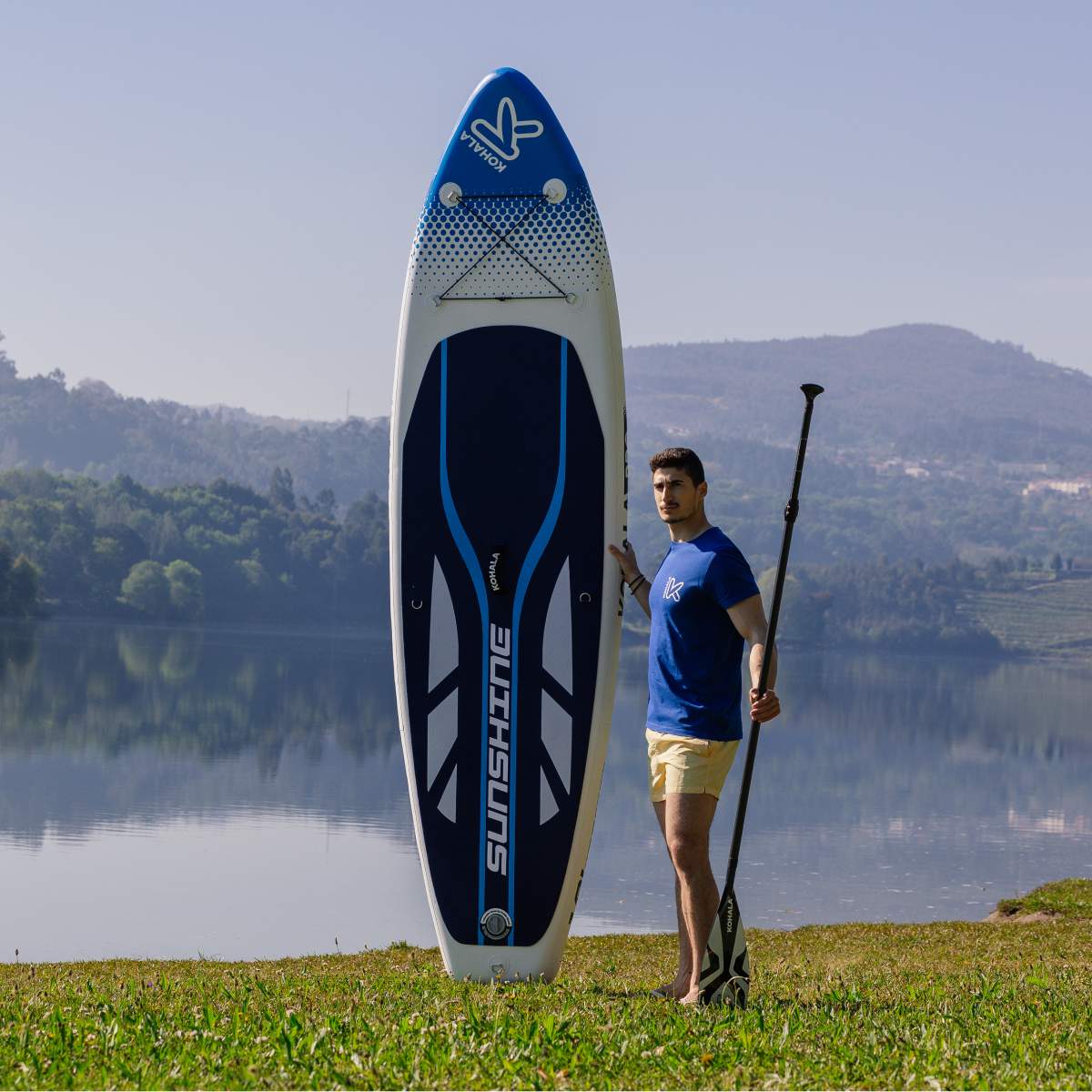
Paddle boarding in the ocean can be an exhilarating and rewarding experience. It allows you to experience the beauty of the ocean while getting a great workout. However, it’s important to take certain precautions and be aware of the unique challenges that come with ocean paddle boarding. In this article, we will discuss some things to know before paddle boarding in the ocean.
Choose the Right Board
Choosing the right board is crucial when paddle boarding in the ocean. You want a board that is stable and has enough volume to support your weight and handle the ocean’s currents and waves.
A wider board will provide more stability, while a longer board will help you move faster through the water. Look for a board with a non-slip surface to prevent slipping and sliding in wet conditions.
Consider the fin setup of your board as well. A single fin setup is better for flat water, while a thruster (three-fin) setup is better for navigating through waves.
Check the Conditions
Before heading out into the ocean, it’s important to check the conditions. Pay attention to the wind, waves, and tides, as they can affect your safety and enjoyment.
Choose a day with low winds and calm waves for your first few ocean paddle boarding sessions. As you gain experience, you can gradually increase the difficulty of your paddle boarding adventures.
Wear a Leash
Wearing a leash is crucial when paddle boarding in the ocean. A leash will keep you connected to your board and prevent it from drifting away if you fall off.
Choose a leash that is long enough to allow you to move around on the board, but not so long that it creates a tripping hazard. A coiled leash is a good option, as it won’t drag in the water and create excess drag.
Practice Safety Precautions
Safety should always be a top priority when paddle boarding in the ocean. Here are some safety precautions to keep in mind:
Wear a personal flotation device (PFD) designed for ocean use.
Bring a whistle or horn to signal for help in case of an emergency.
Apply sunscreen to prevent sunburn.
Bring plenty of water to stay hydrated.
Avoid paddling alone, and let someone know where you’ll be paddle boarding and when you plan to return.
Be aware of your surroundings and keep an eye out for other watercraft, wildlife, and hazards like rocks and reefs.
Learn How to Navigate Through Waves
Navigating through waves can be one of the most challenging aspects of ocean paddle boarding. Here are some tips to help you navigate through waves:
Approach waves at a slight angle to reduce the impact of the wave on your board.
Keep your weight centered and your knees bent to maintain balance.
Use your paddle to brace against the wave and stabilize your board.
Look for “channels” or areas of calm water between waves to navigate through.
If you fall off, make sure to grab your board and leash, and wait for the next wave to pass before attempting to get back on the board.
Be Aware of Marine Life
The ocean is home to a variety of marine life, including sharks, jellyfish, and sea turtles. While the chances of encountering dangerous marine life are low, it’s important to be aware of your surroundings and take precautions to avoid potential dangers.
Avoid paddling near schools of fish or areas where seals and sea lions are present, as these can attract sharks. If you do encounter a shark, remain calm and try to paddle back to shore slowly and steadily.
If you encounter jellyfish, avoid contact with their tentacles, as they can cause painful stings. Wear a wetsuit to provide some protection from jellyfish stings.
Practice Proper Etiquette
When paddle boarding in the ocean, it’s important to practice proper etiquette. Here are some guidelines to follow:
Yield to other watercraft, including boats, kayaks, and surfers.
Respect wildlife and avoid disturbing their natural behavior.
Don’t litter or leave trash on the beach or in the water.
Follow all posted rules and regulations for the beach and ocean.
Conclusion
Paddle boarding in the ocean can be an exciting and rewarding experience, but it’s important to take precautions and be aware of the unique challenges that come with ocean paddle boarding. Choose the right board, check the conditions, wear a leash, practice safety precautions, learn how to navigate through waves, be aware of marine life, and practice proper etiquette. With these tips in mind, you can have a safe and enjoyable paddle boarding adventure in the ocean.

